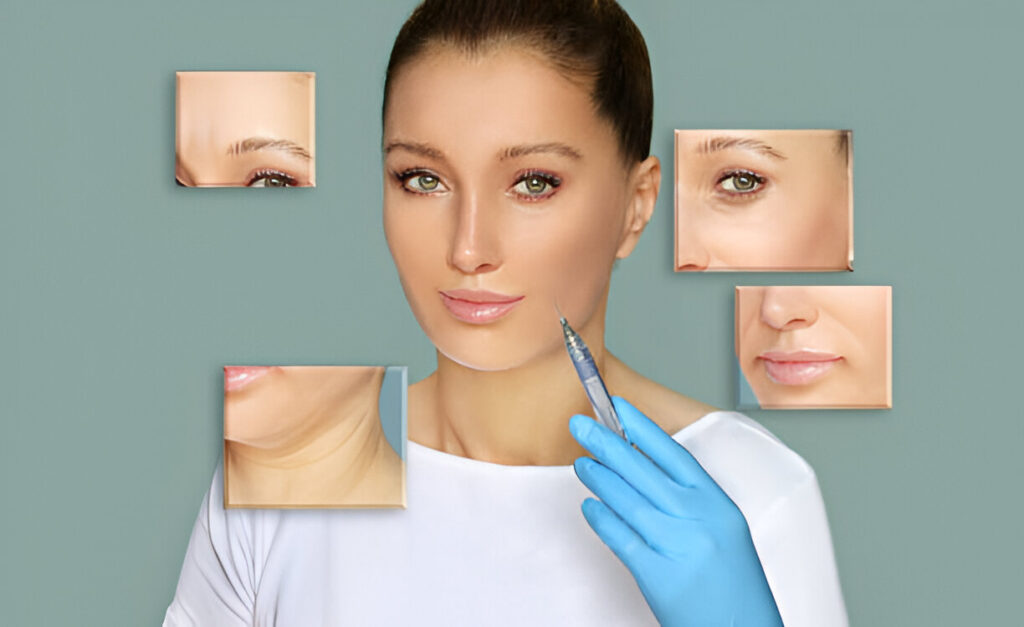As the skin ages, visible changes such as dynamic wrinkles, fine lines, and volume loss gradually alter the face’s structure and appearance. Non-surgical injectable treatments have become a cornerstone of modern aesthetics, offering targeted solutions for both superficial and deep-set concerns. These procedures can deliver long-lasting rejuvenation by addressing the root causes of aging with precision and personalization.
Understanding the Dual Approach to Injectable Aesthetics
Injectable therapies fall into two broad categories: neuromodulators that relax overactive muscles and dermal fillers that restore lost volume. The first group, based on botulinum toxin type A, works by temporarily blocking the nerve signals that cause muscle contraction. This reduces the appearance of expression lines, especially in high-movement areas like the forehead and around the eyes.
The second group includes volumizing agents used to replace age-related tissue depletion. These fillers help reshape facial contours and improve skin texture through deep or superficial injection. By combining these two treatment modalities, practitioners can achieve comprehensive rejuvenation outcomes.
Treating Expression Lines with Neuromodulators
Botulinum-based injections are especially effective for managing dynamic wrinkles. When injected into facial muscles, these agents promote relaxation, smoothing overlying skin and preventing the formation of deeper lines. The forehead, glabella, and crow’s feet are common targets for this type of treatment.
Among the many available options, the nabota 200 formulation is often chosen for larger treatment areas due to its consistent potency and clean profile. The flexibility of nabota 200 units allows for individualized dosing in areas with varying muscle strength, ensuring balanced and natural-looking results.
Addressing Volume Loss and Structural Changes
Volume loss occurs due to the gradual decline of collagen, fat, and other supportive tissues. This leads to sunken cheeks, flattened midface contours, and deeper nasolabial lines. Dermal fillers provide an effective solution by replenishing lost volume, enhancing projection, and restoring facial proportions.
These treatments not only correct visual hollows but also support overall skin quality. Fillers can stimulate collagen production, improve hydration, and enhance skin elasticity over time, contributing to longer-term improvements beyond the immediate effect.
Benefits of a Combined Treatment Strategy
A dual approach to rejuvenation—using both neuromodulators and fillers—offers numerous aesthetic and therapeutic advantages:
Patients can address fine lines and volume loss within the same session for efficient treatment planning The combination enhances overall symmetry, contour, and skin smoothness Results often appear more natural when both expression control and volume replacement are considered together Longer-lasting outcomes can be achieved by supporting skin integrity at multiple levels
This synergy between muscle relaxation and volume augmentation is now widely recognized as the standard of care in facial rejuvenation.
Customizing Injectable Protocols for Optimal Results
A successful aesthetic outcome depends on an individualized treatment plan. Providers consider several factors, including facial anatomy, skin condition, lifestyle, and previous procedures. Precise mapping of muscle activity and volume depletion zones allows for accurate dosing and placement of injections.
Ongoing evaluation and touch-up treatments help maintain results over time and adjust for natural aging processes. When performed by a trained professional, these therapies offer consistent and safe enhancements aligned with each patient’s goals.
Conclusion
Injectable treatments continue to transform the landscape of non-surgical aesthetics by addressing both wrinkles and volume loss with a high degree of precision. Through the use of products like nabota 200, patients can achieve facial rejuvenation that preserves expression while softening lines and restoring balance.
This comprehensive approach supports skin health, promotes confidence, and allows for tailored interventions that evolve with each stage of the aging process.



